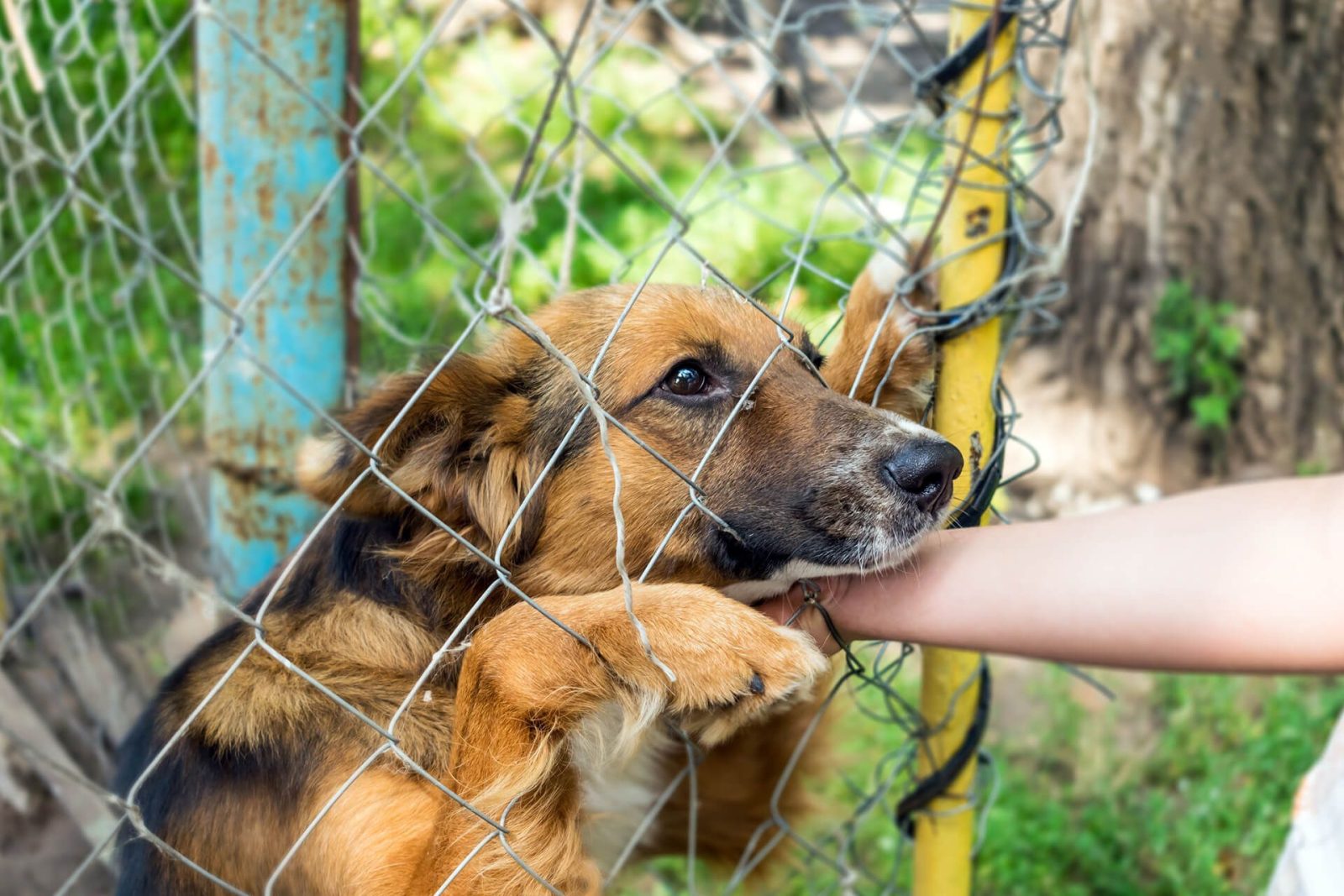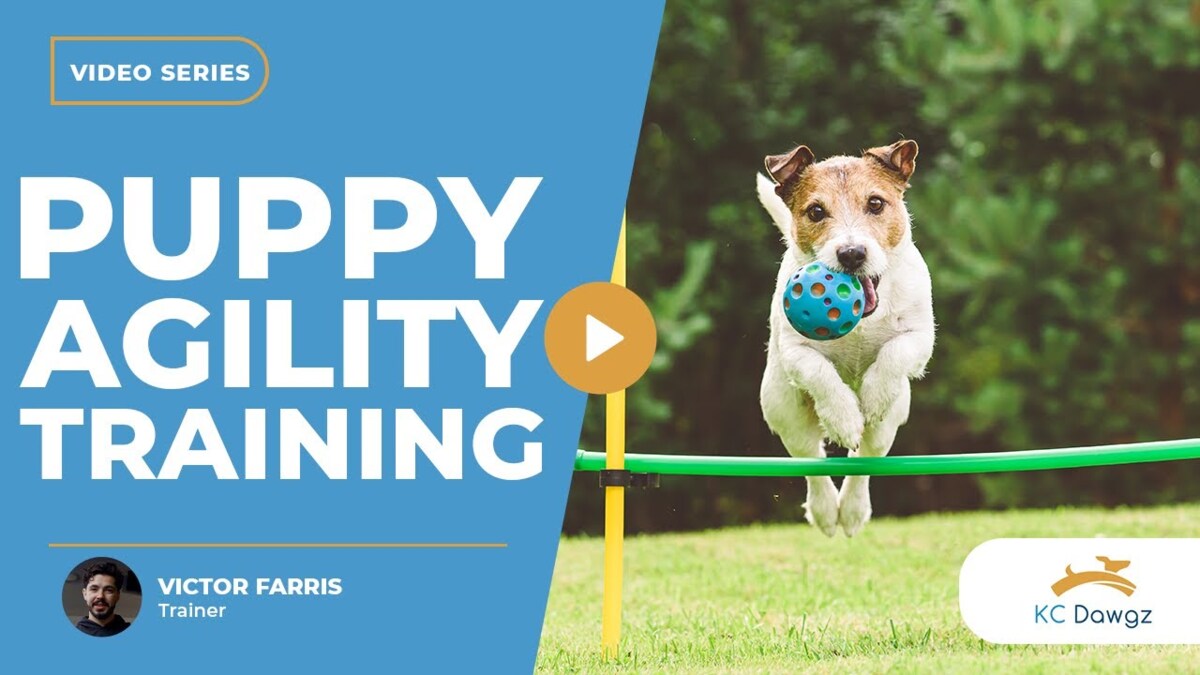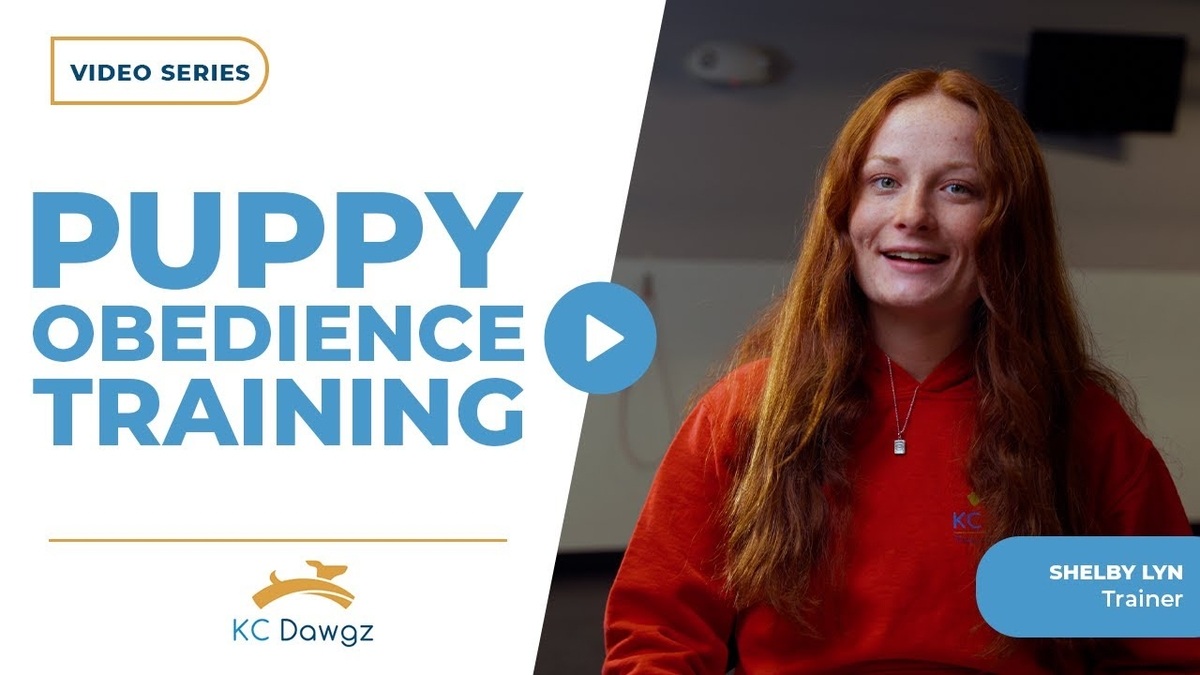It’s not a nice thought to think that there are many rescue centers that are packed with homeless dogs. However, as we’ve become more aware of these rescue centers, more and more people are choosing to provide these abandoned dogs with a loving home. If you decide to get a rescue dog it will take about 6 months for your dog to settle into your home. This means you need to be prepared for a road that is rewarding and fun but can be frustrating from time to time.
When it comes to dog training, there are some other aspects that you will also need to consider. What your dog has experienced in the past, when it comes to training, will be something that you need to factor in when you come to train your rescue dog. We will take a look at what kind of things you need to consider when it comes to dog training with a rescue dog and why these aspects are important.
When You Need to Start Dog Training
In order for your dog to participate in effective dog training, there needs to be trust between you and your dog. You’ll find that a dog that trusts the trainer is more likely to be responsive. This means that with a rescue dog it may take time before you can begin in a training program.
Dog Training Classes
A great way to allow your dog to socialize with other dogs is to choose dog training classes. You could choose between private dog training classes or a Board and Train program. The first thing that you need to make sure before you consider dog training classes is how your rescue dog reacts to training in a class environment.
DIY Training
Each day your relationship with your rescue dog will get better and better and you’ll soon find that your dog begins to follow some of your simple dog training commands. If you decide to train your rescue dog yourself, you need to start your dog training program right from the beginning and you need to bear the following in mind:
- – If you’ve not trained a dog before or you are new to dog training it is worth reading up on dog body language so that you are aware when your dog is trying to warn you of something.
- – Training needs to be a rewarding and positive experience for your dog, so make sure you don’t discipline your dog or raise your voice during dog training sessions.
- – Carry out your dog training session in a place where it is quiet and there are no distractions.
- – Remember that dog training needs to be carried out in small chunks and don’t expect to achieve a lot in one session. Behaviors learned through training will take a number of sessions to master.
- – Rescue dogs tend to be quite confident if they are allowed to be free, therefore you need to make sure that your dog will return when you request it to. To begin with, make sure you use a training lead that is long or that your dog training takes place in an area that’s secure.
It’s clear to see that training a rescue dog needs to be done in a slightly different way to a new puppy, as there are habits or experiences that need to be ‘erased’ or taken into account so your dog training can begin on a clean sheet.





